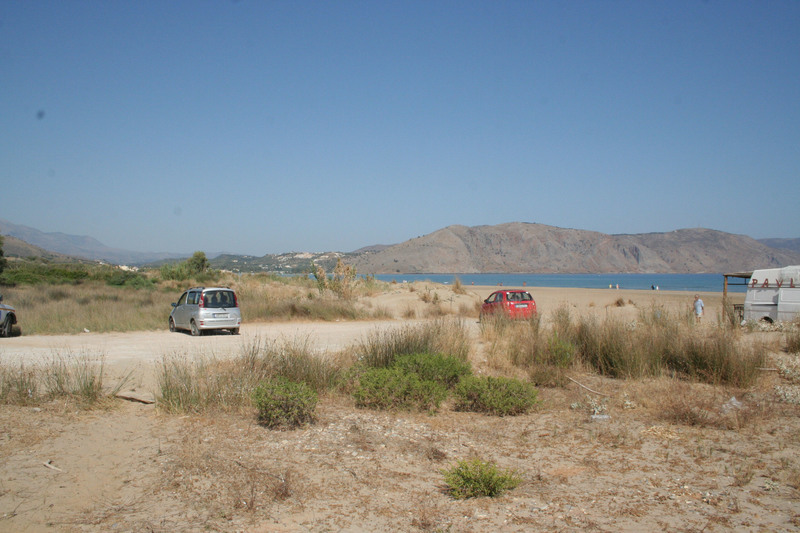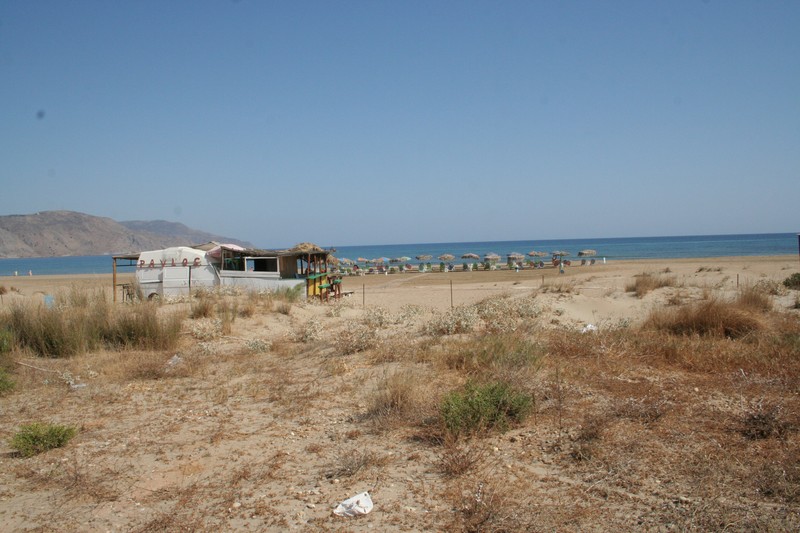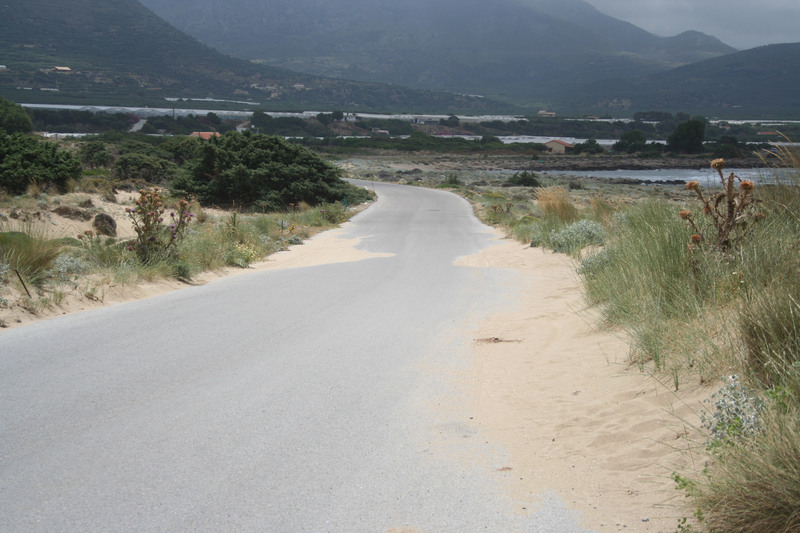Germination and dormancy in eight native plant species of Crete Island
My experiment as part of my M.Sc. thesis includes description of the external morphology of the seed, embryo morphology and seed anatomy, as well as germination tests for eight monocot plants, native on Crete Island (Juncus acutus Gladiolus italicus, Cyperus capitatus, Elytrigia juncea, Elytrigia atherica, Typha domingensis, Parapholis filiformis, Triplachne nitens).
The germination tests were carried out under constantly controlled temperature and light conditions. Growth chambers of different temperatures (10˚C, 15˚C, 20˚C, 30˚C) were used and the germination was also tested in 12h/12h light/dark and in 24h dark. The growth medium was 1 % agar in plastic Petri dishes, where 3 replications of 30 seeds were tested for every combination of light and temperature conditions. The information extracted by this research, will hopefully answer questions about those species, regarding the determination of primary dormancy, the stage of seed dormancy upon harvest, germination time and seed delicacy in manual handling, which will aid to the improvement of seed storing, the creation of seed germination protocols, the determination of factors that affect germination and, finally, the identification of potential adaptive strategies of those species in order to ensure their survival in the Mediterranean ecosystem.
Most of the genetic plant material (seeds) was collected in two sites: Georgioupoli beach in the location of Kavros (40km East of Chania) and Falasarna beach (50km West of Chania). The ecosystem in both of these locations is comprised of the delicate habitat of sand dunes and the biodiversity there is high, hosting a large number of species. Due to the increasing number of visiting tourists, though, during the past few decades the scenery has gradually been exposed to alteration, which poses a great threat for the local biotopes and the species that occupy them.
Fragmentation and nuisance are, in fact, two of the most important problems that these ecosystems have to face, and mitigation measures need to be taken, in order to minimize the negative impacts on the biodiversity. Photos of the two locations where the seed collections took place are displayed below.

Photo: Kavros beach. Example 1 of a disturbed environment of this specifically rare and sensitive type of habitat.

Photo: Kavros beach. Example 2 of a disturbed environment of this specifically rare and sensitive type of habitat.

Photo: Falasarna beach. The continuity of the sand dunes is interrupted by a local road network, which provides easy access to the beach.

